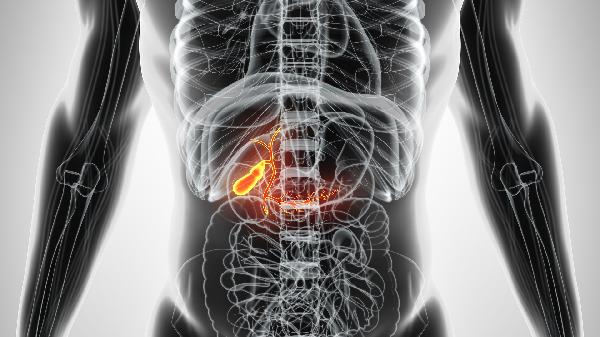Muscle pain near the spine may be related to factors such as muscle strain, poor posture, exposure to cold, fasciitis, and spinal degeneration. It usually manifests as local soreness, stiffness, or restricted mobility, and in severe cases can affect daily life.

1. Muscle strain
Maintaining a fixed posture or repetitive movements for a long time can lead to excessive muscle fatigue. Working at a desk or carrying heavy objects can easily cause sustained tension in the muscles near the spine, leading to lactic acid accumulation and causing pain. This type of pain is mostly dull and can be relieved by hot compress and moderate stretching.
2. Poor posture
Poor posture such as hunchback and crossed legs can cause uneven muscle stress. The muscles on both sides of the spine contract compensatorily to maintain balance, which may cause muscle spasms over time. Adjusting the seat height and using lumbar cushions can help improve symptoms.
3. Exposure to cold
Cold stimulation can lead to poor local blood circulation. When the air conditioning is directly blown in summer or the warmth is insufficient in winter, the muscles near the spine may feel stinging due to ischemia and hypoxia. Ginger brown sugar water combined with local hot compress can promote blood circulation.

4. Fasciitis
When aseptic inflammation occurs on the fascia surface of the muscle, there will be obvious tender points and referred pain. Commonly seen in people who sit at a desk for a long time, the pain is heavier in the morning and slightly relieved after activity. The combination of shortwave therapy and fascial relaxation surgery has a better effect.
5. Degenerative changes in the spine
intervertebral disc herniation or bone hyperplasia may stimulate nerve roots and cause reflexive muscle spasms. This type of pain is often accompanied by numbness in the limbs, and the symptoms worsen when bending over. Diagnosis needs to be confirmed through CT or MRI, and traction therapy combined with nutritional nerve drugs may be effective.

Daily attention should be paid to avoiding prolonged sitting and standing, and getting up and moving for 5 minutes every hour. Choose a mattress with moderate hardness when sleeping, and use a pillow between your legs to reduce spinal pressure when lying on your side. When the pain persists for more than a week or when lower limb weakness occurs, it is necessary to seek medical attention promptly at an orthopedic or rehabilitation department. Moderate low impact exercises such as swimming and eight dan brocade can enhance back muscle strength. Diet can appropriately increase the intake of whole grains rich in vitamin B and deep-sea fish to help with nerve repair.








Comments (0)
Leave a Comment
No comments yet
Be the first to share your thoughts!